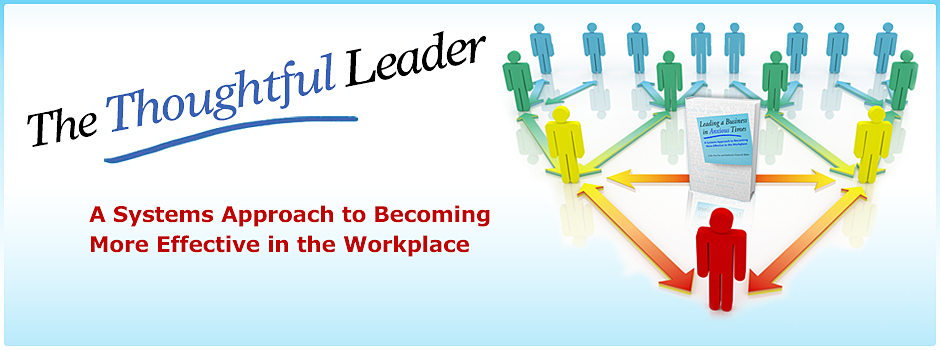Last weekend was beautiful and balmy in New England, so I decided to take a long meandering bike ride, exploring the myriad bike trails that connect the towns, villages and rural landscapes of the Connecticut River valley. As I pedaled through fields bursting with early spring sprouts of green, I realized that this lovely network of trails was the result of a many year collaborative leadership effort. Wayne Feiden, current Director of Northampton’s Office of Planning and Development, came to the valley more than 20 years ago, and at that time Northampton had 2.4 miles of bike trails that were not used very much. Growing up Wayne had always liked biking, and he developed a vision for an increase in city and regional bike trails that has grown incrementally over the years. Northampton now has $13,000,000 worth of bike trails that reach north to Leeds and connect with extended trails in Easthampton, Southampton, Hadley, and Amherst. Wayne bikes to work every day, as do many others in the region, and he gives two reasons for the expansion of the system – one, is the recreational opportunities it provides, and two, is the transformative opportunity the trails offer for how people travel.
Over the years Wayne and many others have had a shared vision of a greatly expanded bike trail system, and making this vision come to life has been a truly collaborative effort on their part, as they worked with many groups around the region including the conservation commission, members of the city council, and numerous citizens’ groups. There was strong enthusiasm and there was intense resistance. There was hot controversy and there was quiet cooperation. Wayne obtained grant money to pay for the trails, and enumerable citizens’ meetings were held to get eventual community buy-in.
Wayne told me that when he first became a planner 25 years ago, he heard that many planners were being fired – half of them for taking strong positions and the other half for taking weak or no positions on important planning issues. Wayne decided that if he were ever to be fired, he would want it to be for taking strong positions on issues he believed in, so he’s taken strong positions. He believed in the development of bike trails for Northampton, he articulated his beliefs, he collaborated, and he hasn’t yet been fired.
Wayne isn’t trained in systems-based leadership, but he took an “I” position, kept calmly connected with the various interested factions of the community, maintained a long-term vision in spite of the ups and downs of the project, and was an effective collaborator in making it happen. Systems-based leadership defines leadership as a relationship process, and that’s a pretty good description of the leadership that transformed the Northampton bike trail system. There is still a lot more to do, including expanding the bike lanes on city streets, but this project rides the crest of the green movement throughout the country, and it will thrive.
How is your long-term vision? How do you manage yourself when there is a lot of resistance to your vision? Is your leadership part of a relationship process? Does this story trigger new ideas for you as you think about your own leadership? I look forward to hearing your thoughts.
Katharine Gratwick Baker
Monthly Archives: April 2010
Collaborative Leadership and Bike Trails
Accepting Responsibility for One’s Mistakes as a Leader
Frank Rich’s Op-Ed piece in yesterday’s New York Times, “No One Is to Blame for Anything,” describes the inability of top leaders to take responsibility for their own part when things go wrong in the economy, in the Catholic church, in political scandals, in business, and in a myriad of other arenas of public life. Where does Systems-Based Leadership stand on the issues of personal responsibility that Rich writes about? In Chapter 5, “Differentiation: The Key to Leadership in Anxious Times,” Leslie and I describe a high-level leader’s ability to maintain a “solid self” even during times of enormous pressure. The solid self is “made of up firmly held convictions and beliefs arrived at through life experience” and is non-negotiable. A leader with a clearly established solid self can act, react, and make decisions based on deeply held principles, rather than responding to the fears of the moment. Learning to function this way is of course not easy and can take a lifetime: “Systems-based leadership is not a skill or a technique as much as it is a process of continuous emotional maturing (p. 124).” A central part of that emotional maturity is learning to be accountable for your own behavior when things go wrong, stepping up, admitting your mistakes, and collaborating with those around you to find positive solutions to problems, so that similar mistakes can be avoided in the future. The immaturity and anxiety of some of our leaders when their errors have been unveiled keep us stuck in cycles of blame and evasion – in a “gotcha” mentality – that impede our ability to solve large societal problems.
As a business leader how hard is it for you to acknowledge your own part when things go wrong, to learn from your mistakes, and move ahead?
